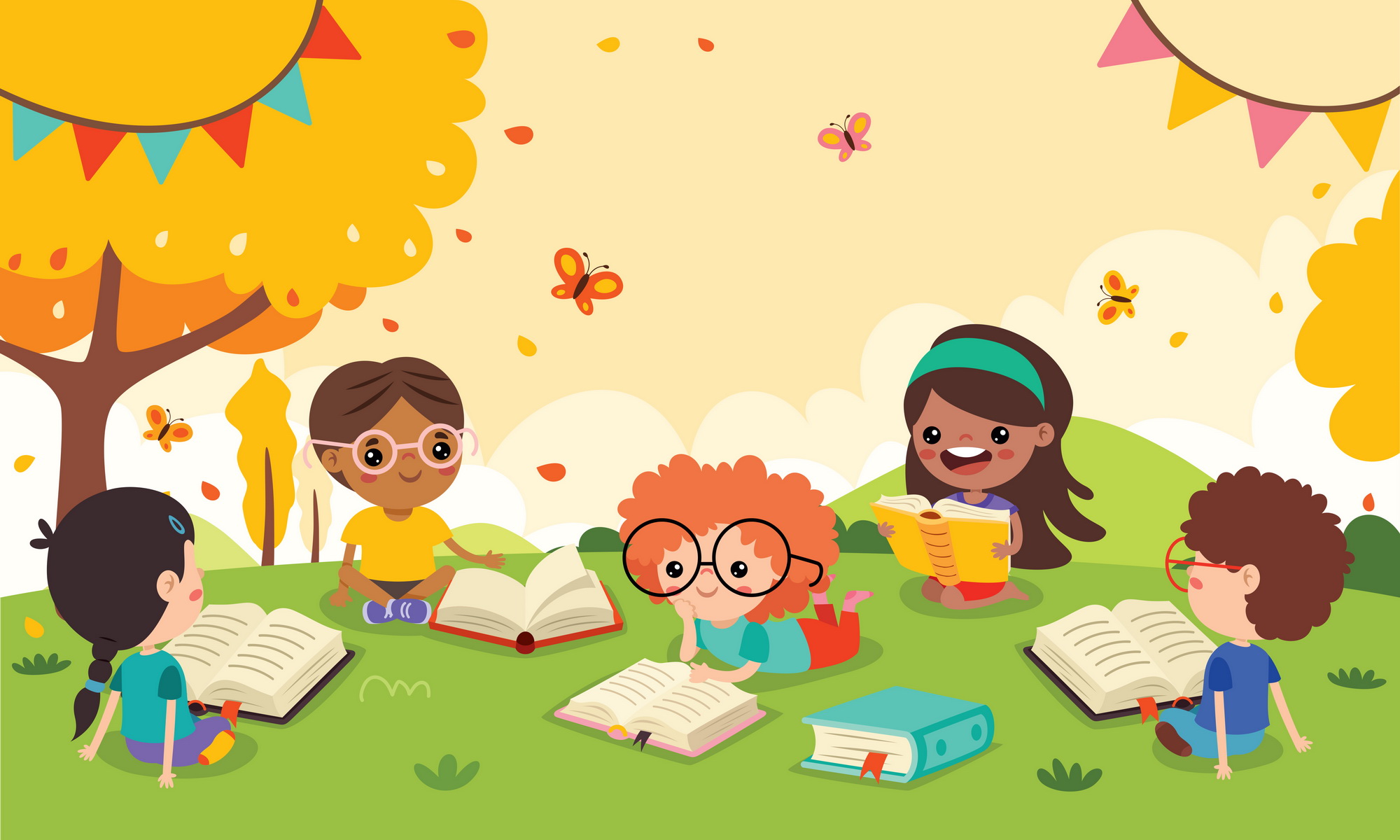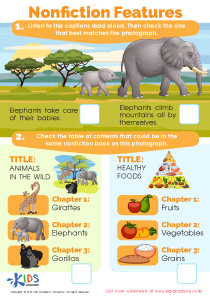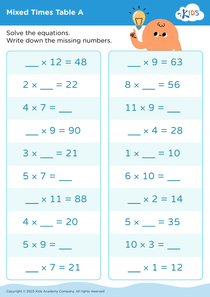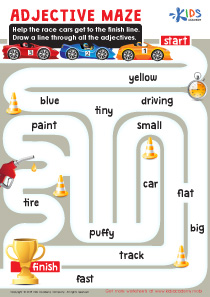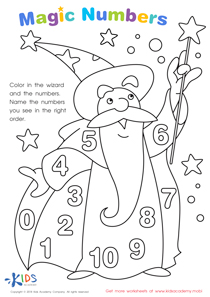Story sequencing Extra Challenge Reading Fiction Worksheets for Ages 4-5
3 filtered results
-
From - To
Enhance your child's reading comprehension with our "Story Sequencing Extra Challenge Reading Fiction Worksheets" designed for ages 4-5. These engaging worksheets encourage young learners to develop vital sequencing skills by arranging story events in the correct order. Perfect for an extra challenge, each worksheet focuses on boosting understanding and recall through fun, fictional tales. Enjoyable illustrations and simple text guide kids through the sequencing process, supporting early literacy development. Visit our web page to download and start fostering your child's ability to understand narrative structure today. Engage, learn, and grow with Kids Academy!
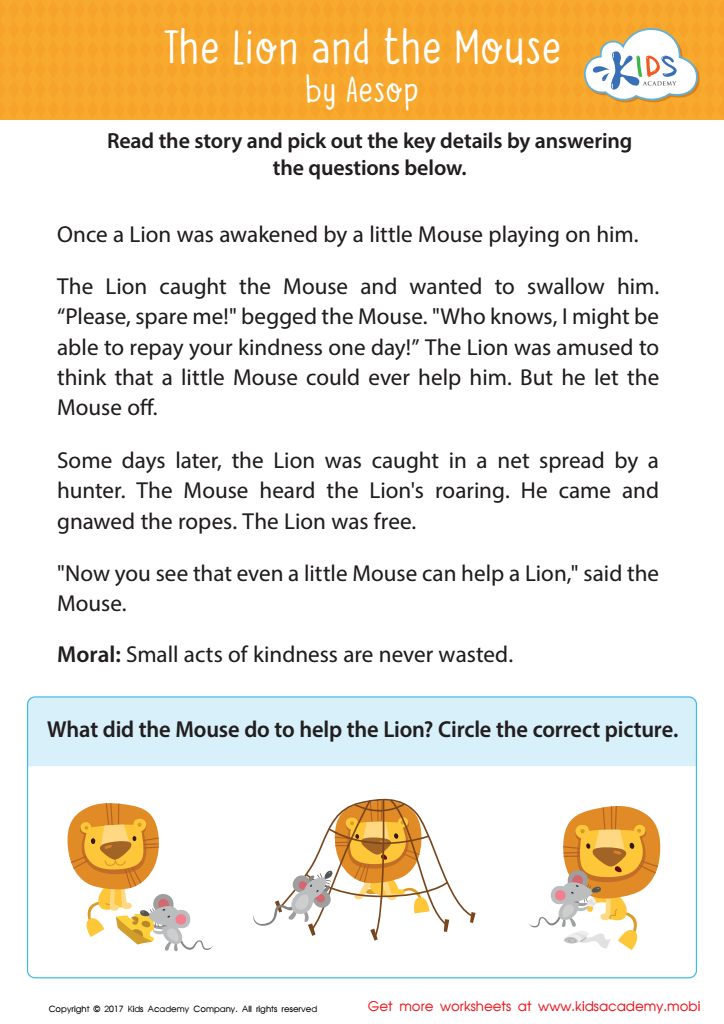

The Lion and The Mouse Sequencing Worksheet
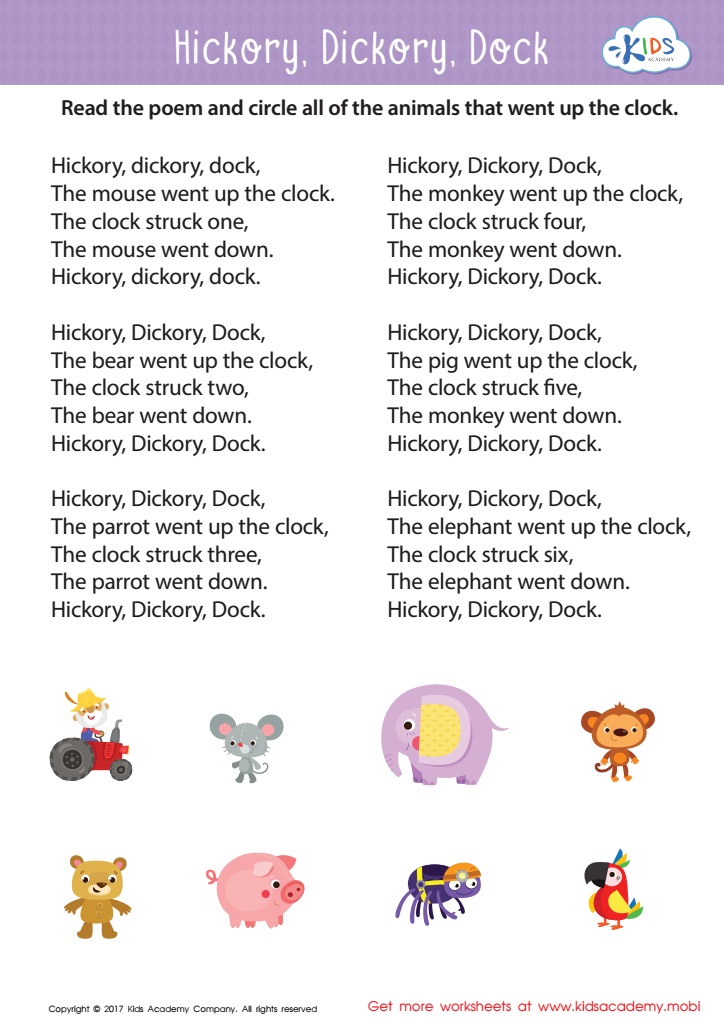

Hickory Dickory Dock Sequencing Worksheet
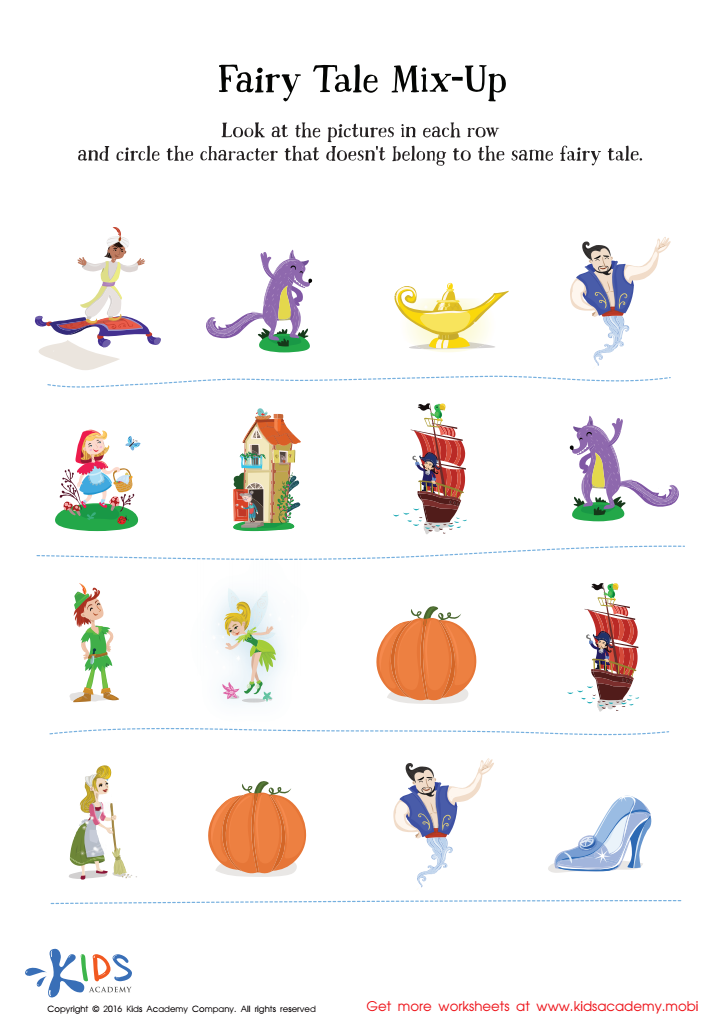

Fairy Tale Worksheet: Story Mix Up
Parents and teachers should care deeply about story sequencing in extra challenge reading fiction for ages 4-5 because it forms a foundational block in early childhood literacy and cognitive development. At this tender age, children are adept at absorbing new information. Story sequencing helps improve their understanding of narrative structure by encouraging them to identify the beginning, middle, and end of a story. This not only makes the reading experience richer but also enhances their comprehension and retention skills.
Moreover, story sequencing fosters critical thinking as kids learn to predict what happens next, understand cause and effect, and make connections between events. These capabilities are not only crucial for academic success but also for real-life problem-solving. Practicing story sequencing also aids in developing a child's vocabulary and language skills, as they discuss the events and characters, narrating and explaining in their own words.
Additionally, engaging in such activities bolsters social-emotional skills. Discussing the characters' feelings and actions allows young children to develop empathy and understanding, enhancing their emotional IQ. In essence, early exposure to story sequencing goes beyond literacy; it sets a holistic groundwork for critical thinking, language development, and emotional intelligence. These skills are invaluable as they prepare children for more complex academic challenges and social interactions in the future.

 Assign to My Students
Assign to My Students




